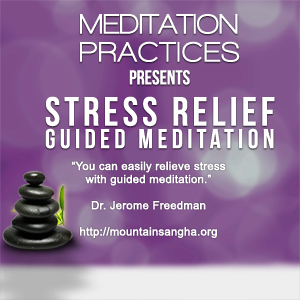For the past five or six weeks, I have been watching episodes of The Buddha on Netflix. The series was produced by the famous Indian producer B. K. Modi.
In truth, it is a Bollywood movie in 54 episodes. The costumes and jewelry are extraordinarily beautiful, but I can’t same the same thing about the sets or the acting. One has to look beyond the acting and turn on closed captions to begin to enjoy it, but things do get a little better. A lot of the story reminds me of my favorite book of all times, Old Path White Clouds: Walking in the Footsteps of the Buddha by Zen Master Thich Nhat Hanh (Thay.) I bought my copy in 1987 and started reading stories from it to my young children. They loved the stories and turned out to be fine young women.
What I want to share with you is the way the series portrayed the first teachings of the the Buddha to the five aesthetics who abandoned him because he took food and stopped many of his austerities. These are commonly know as the Four Noble Truths. The scene begins in the hermitage as in the above picture and moves around to other environments for creative effect.
The Buddha teaches,
What I am about to tell you is something I’ve learned from experience. You’ll become one of my first disciples…
Ignorance gives birth to grief and misunderstanding and worries, greed, anger, pride, dilemma, envy and fear. They all come from ignorance. Illusion is always befuddling. It has a dual nature. Hover in the middle like a comet. Don’t let it take you over and don’t get distracted by them. Always stay in the middle. When we recognize the dual nature of illusion, all our grief and worries vanish. It also inspires acceptance and happiness. It’s actually one emotion. We never hate anyone after realizing this. We don’t hate anyone who is cruel to us. In fact, we try to convert or convince such a person with knowledge we’ve earned when we become enlightened. Our ultimate aim is to be merciful.
Thoughts can distract you while meditating. Our wisdom has divided the truth between object and subject. It has created a rift between you and the others. This division had confused us to a great extent. Our emotions cripple us. Our greed and gluttony makes it even worse. From childhood till we grow old fear of sickness and death makes us retreat into our shell and walls get higher and higher. So we must break free of this illusion. Once we break free of this illusion, we’ll feel free and not confined. We achieve good character, meditation and wisdom.
Here are the four basic truths.
First, suffering is universal and will always be there.
Second, the reason for grief is our attraction towards an object. That object is destructible. So where does all lead us?
Third, we must be sensible to achieve enlightenment. Focus on yourself. Ignore grief at all cost. Ignore happiness as well. Always remain stable between these two extremities. This is the shadow of infinity. You must focus your mind on it.
Fourth, you will be free of all grief and learn the ultimate truth.
[A venerable asks] What is the path?
It’s known as the noble eightfold path. It is as follows. Right view, Right resolve, Right speech, Right action, Right livelihood, Right effort, Right mindfulness, Right concentration.
I am Buddha.
[Chanting] I go to the Buddha for refuge.
I am the Dharma personified.
[Chanting] I go to the dharma for refuge.
I’ve found a path which will free the entire human race
[Chanting] I go to the sangha for refuge.
Translated from Hindi by Saurabh Sawant
When the Buddha talks about “good character, meditation and wisdom,” he is talking about the three foundations of the Eightfold Path. It is very clear that he is giving his teachings on the middle way.
If you listen closely to the Hindi spoken by said Buddha, you may recognize the word dukkha, generally translated from the Pali as “suffering,” “pain” or “unsatisfactoriness.” In the TV series, the Buddha uses the word “grief” for dukkha in some of the statements. Whether or not you like the acting, the teaching are valuable.
One of the meditations that is offered by Glen Schneider, a Dharma Teacher in Thay’s Plum Village tradition, is “The Two Questions.”
What is your suffering and how do you get over it?
What is your happiness and how do you keep hold of it?
Please respond by doing this meditation and writing your answers in the comments below.














You must be logged in to post a comment.